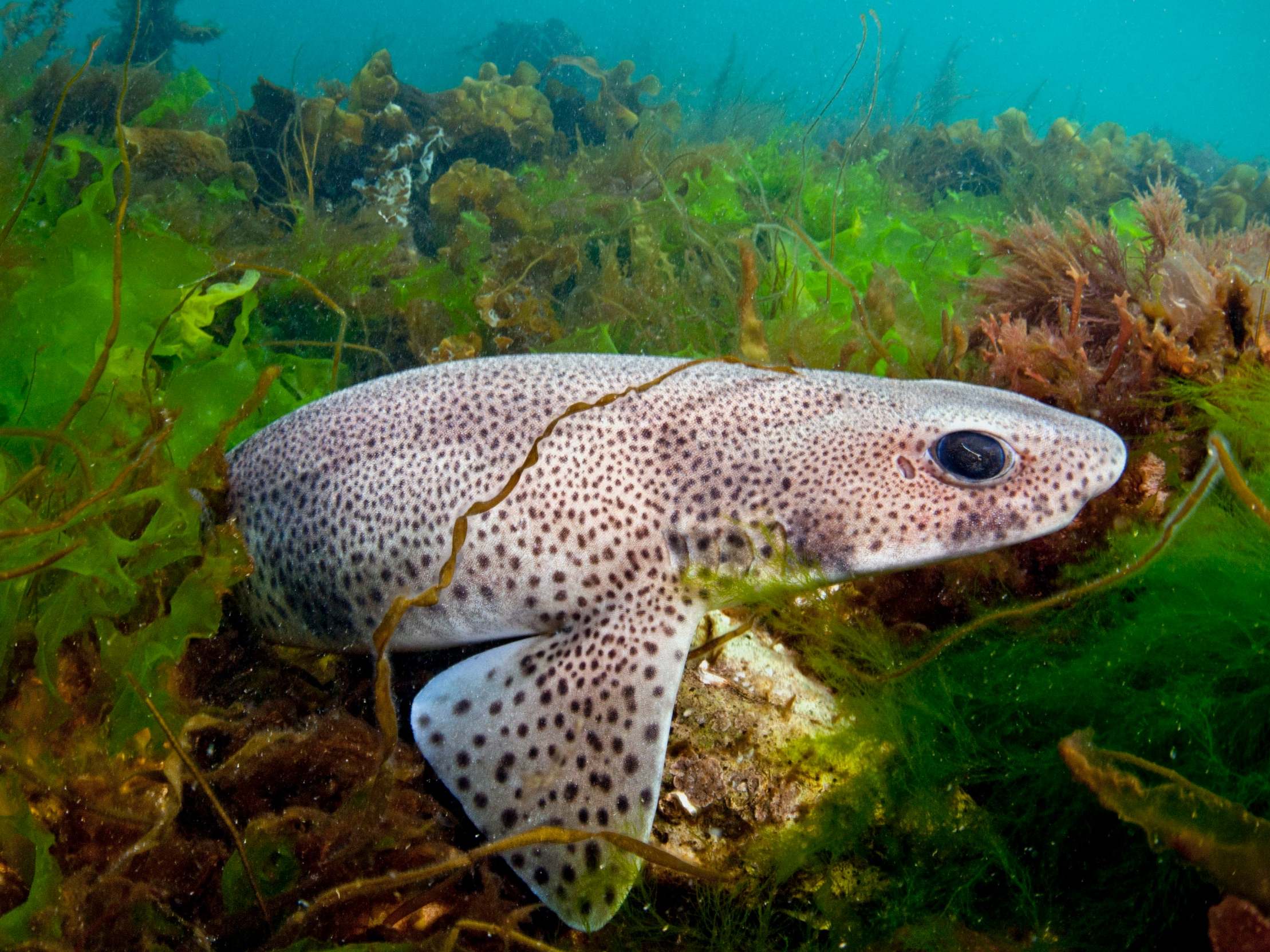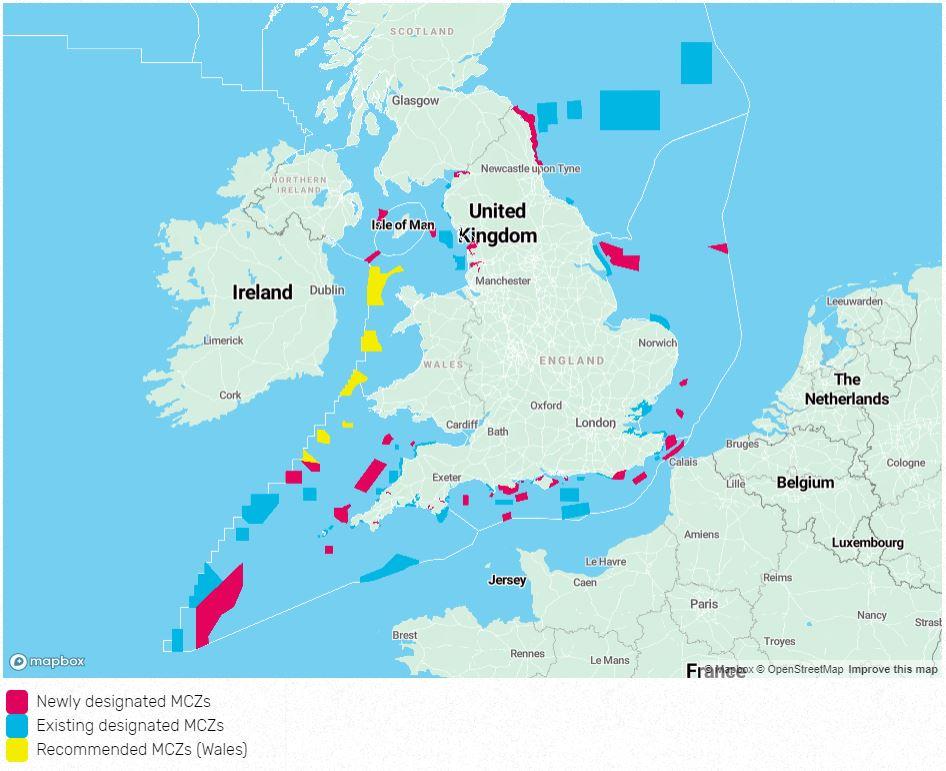Marine wildlife ‘blue belt’ area almost eight times the size of London to be introduced
Experts warn good management of areas needed to prevent harm to fragile marine wildlife

An area almost eight times the size of London has been designated as a series of protected “blue belt” zones in the seas around England’s coastline, the government has announced.
The 41 marine conservation zones will cover 12,000 square kilometres (4,600 square miles) of England’s seas and range from the coast of Northumberland to the seas south of the Isles of Scilly.
The areas are designated to help protect a diverse group of species, such as eider ducks, basking sharks and short snouted seahorses.
With the newly announced zones, the UK’s full “blue belt” of protected sites will span 220,000 square kilometres (85,000 square miles) around the seas of England, Scotland, Wales and Northern Ireland.
Conservationists described the announcement as “fantastic” but warned that good management of the 41 areas was needed to protect wildlife.
The Department for Environment, Food & Rural Affairs has designated 91 marine conservation zones in three waves since 2013, bringing the total number of Marine Protected Areas in the UK to 355.
Joan Edwards, director of living seas at The Wildlife Trusts, said: "It's fantastic news that now we have 91 marine conservation zones - they will form a vital series of underwater habitats which can be nursed back to health.
"Now we need to see good management of these special places to stop damaging activities such as beam-trawling or dredging for scallops and langoustines which harm fragile marine wildlife."
The new designation follows a consultation, which included local fishermen, marine conservation experts and 48,000 responses from the public.
All 41 of the proposed sites have been designated and protections have been expanded at 12 existing sites.
Michael Gove, the environment secretary, said: "The UK is already leading the rest of the world by protecting over 30 per cent of our ocean - but we know there is more to do.
"Establishing this latest round of marine conservation zones in this 'year of green action' is another big step in the right direction, extending our blue belt to safeguard precious and diverse sea life for future generations to come."

The protected areas include a Holderness offshore site, which has a mosaic of habitats that protect crabs and lobsters, and an Orford inshore site off the Suffolk coast, which is an important nursery and spawning ground for fish.
However, although the UK has protected nearly 30 per cent of its waters, some conservationists warned that the protections do not go far enough.
Alec Taylor, head of marine policy at WWF, argued that “these areas are poorly monitored and we have little evidence that wildlife is benefiting."
He said: "We need proper management of activities within the boundaries of all marine protected areas and strict enforcement of safeguarding laws. Only then can we secure a future where people and nature thrive."
Dr Jean-Luc Solandt, from the Marine Conservation Society, agreed, adding: “The government must now invest in proper management of these sites and keep them free of all activities that damage the seabed so that our spectacular marine wildlife can recover from decades of destruction and degradation."
Agencies contributed to this report
Join our commenting forum
Join thought-provoking conversations, follow other Independent readers and see their replies
Comments
Bookmark popover
Removed from bookmarks